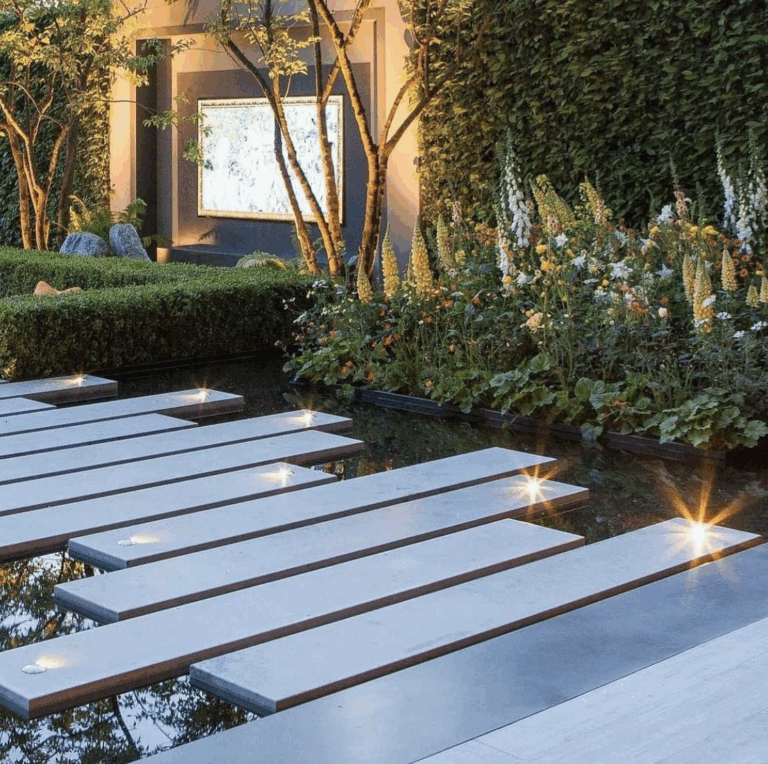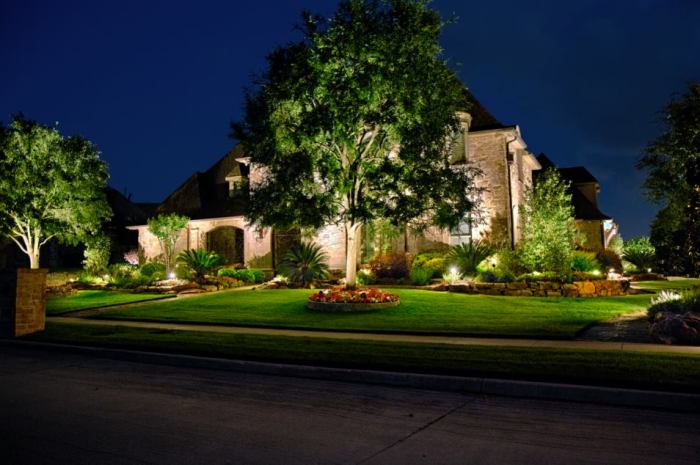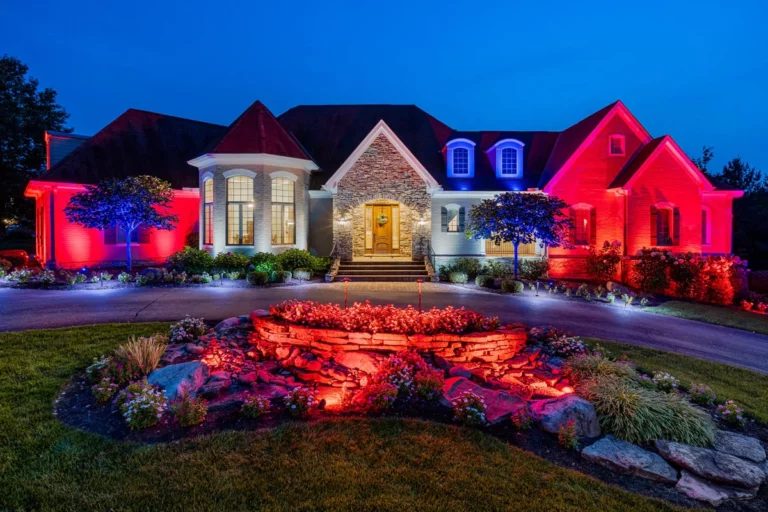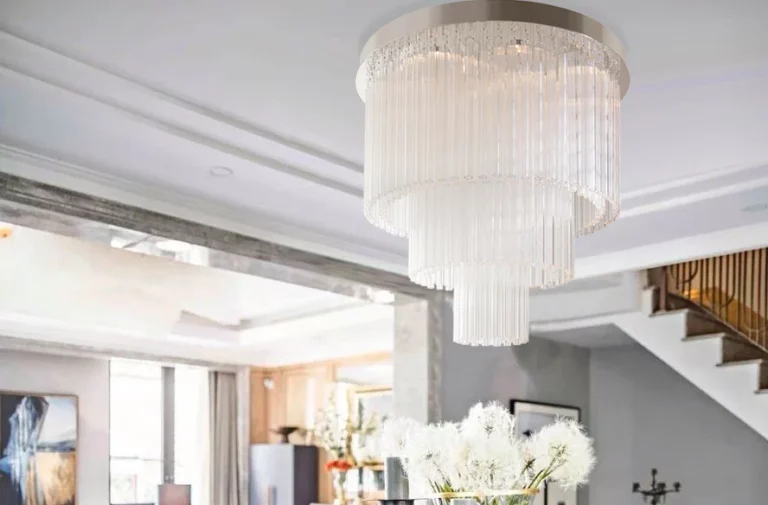Exterior Lighting Installation Services Illuminating Your Space
Exterior lighting installation services are crucial for enhancing both the aesthetic appeal and security of any property. From illuminating pathways to highlighting architectural features, well-designed exterior lighting can transform your space. This guide delves into the various types of exterior lighting, installation procedures, and design considerations, equipping you with the knowledge to create a stunning and functional outdoor environment.
We’ll explore different service types, including landscape, security, architectural, and pathway lighting. Each type presents unique design approaches and technical considerations. We’ll also discuss the critical steps in planning and executing a successful project, including installation procedures, best practices, and important design elements. Finally, we’ll look at real-world examples and cost estimates to provide a comprehensive understanding of the entire process.
Service Types and Scope
Exterior lighting installations enhance the aesthetic appeal and security of any property. Properly designed and implemented lighting systems improve visibility, create ambiance, and deter unwanted activity. This section details the various types of exterior lighting services, their applications, and the planning process.
Landscape Lighting
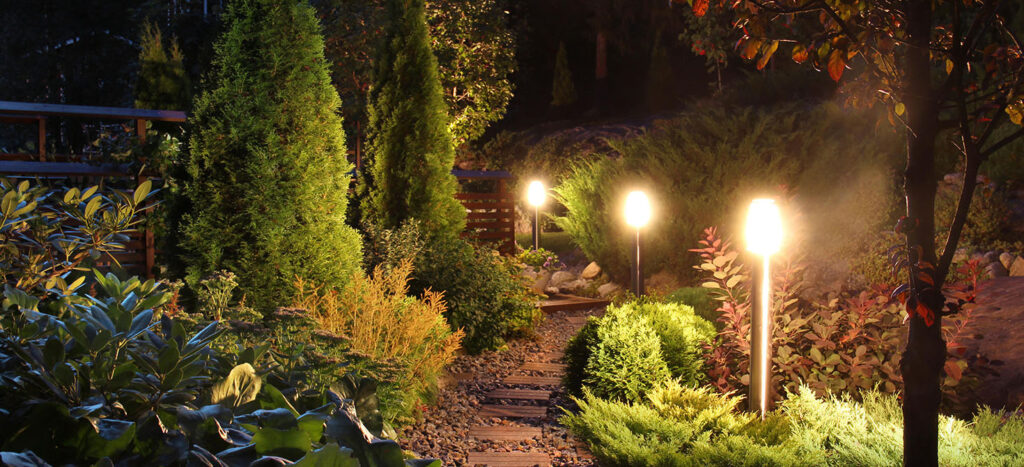
Landscape lighting accentuates the beauty of gardens, trees, and other landscaping features. It’s crucial to consider the specific plants and hardscaping elements to ensure a harmonious blend of light and design. Careful selection of light fixtures, colors, and intensities is essential to highlight desired features and avoid harsh glare. Low-voltage LED lighting is a common choice due to its energy efficiency and long lifespan.
Security Lighting
Security lighting systems are designed to deter criminal activity by illuminating areas that might otherwise be dark. Motion sensors and strategically placed fixtures are critical components of a robust security system. These systems often utilize high-intensity lamps for optimal visibility and may incorporate advanced features like integrated cameras or alarm systems.
Architectural Lighting
Architectural lighting enhances the visual appeal of buildings and structures by highlighting their unique features. This involves careful consideration of the building’s design, materials, and surroundings. By using spotlights, floodlights, or other specialized fixtures, architects can showcase the beauty of facades, details, and historical elements. This type of lighting often requires precise calculations to avoid unwanted shadows and ensure proper illumination.
Pathway Lighting
Pathway lighting provides safe and welcoming illumination for walkways, driveways, and other pedestrian areas. The goal is to create a well-lit path that enhances safety and aesthetic appeal. The lighting should be evenly distributed, avoiding excessive brightness or dark spots. Post-mounted fixtures, integrated bollards, and LED strips are common choices for pathway illumination.
Comprehensive Exterior Lighting Project Planning
A comprehensive exterior lighting project involves several key steps:
- Needs assessment: Determining the specific lighting requirements based on the property’s features, intended use, and desired ambiance.
- Site survey: Analyzing the property’s layout, topography, and existing infrastructure to plan the placement of fixtures.
- Design and engineering: Creating detailed plans, including fixture selection, wiring diagrams, and power requirements.
- Installation: Executing the installation according to the design specifications, ensuring proper connections and safety measures.
- Testing and commissioning: Thoroughly testing the system to verify functionality, lighting levels, and safety compliance.
Examples of Successful Installations: Exterior lighting installation services
- Residential: A beautifully landscaped backyard with path lights illuminating the garden and a pergola, creating a warm and inviting atmosphere. This project often utilizes LED spotlights and low-voltage fixtures to emphasize plant life and structural elements.
- Commercial: A modern office building with architectural lighting highlighting its facade, creating a distinctive visual impact and increasing security.
- Parks: A well-lit park with pathway lighting that ensures safety for pedestrians and enhances the park’s ambiance at night. This might incorporate motion-activated sensors for added security.
Service Types and Cost Estimates
| Service Type | Description | Typical Applications | Cost Estimates |
|---|---|---|---|
| Landscape Lighting | Highlights landscaping features | Gardens, trees, water features | $1,500 – $10,000+ |
| Security Lighting | Improves property security | Driveways, parking lots, perimeter areas | $1,000 – $8,000+ |
| Architectural Lighting | Enhances building aesthetics | Facades, architectural details | $2,000 – $15,000+ |
| Pathway Lighting | Illuminates walkways and pathways | Driveways, walkways, patios | $500 – $5,000+ |
Note: Cost estimates are approximate and can vary based on project scope, complexity, and specific requirements.
Installation Procedures and Best Practices
Proper installation of exterior lighting fixtures is crucial for both aesthetic appeal and long-term functionality. Careful consideration of various factors, from electrical safety to material selection, ensures the longevity and reliability of the system. Following best practices during installation minimizes potential hazards and maximizes the lifespan of the lighting fixtures.
Effective exterior lighting design integrates seamlessly with the surrounding environment, enhancing curb appeal and security. Installation techniques play a pivotal role in achieving this balance. The following sections detail key aspects of installation procedures and best practices, emphasizing safety, efficiency, and durability.
Electrical Safety and Wiring
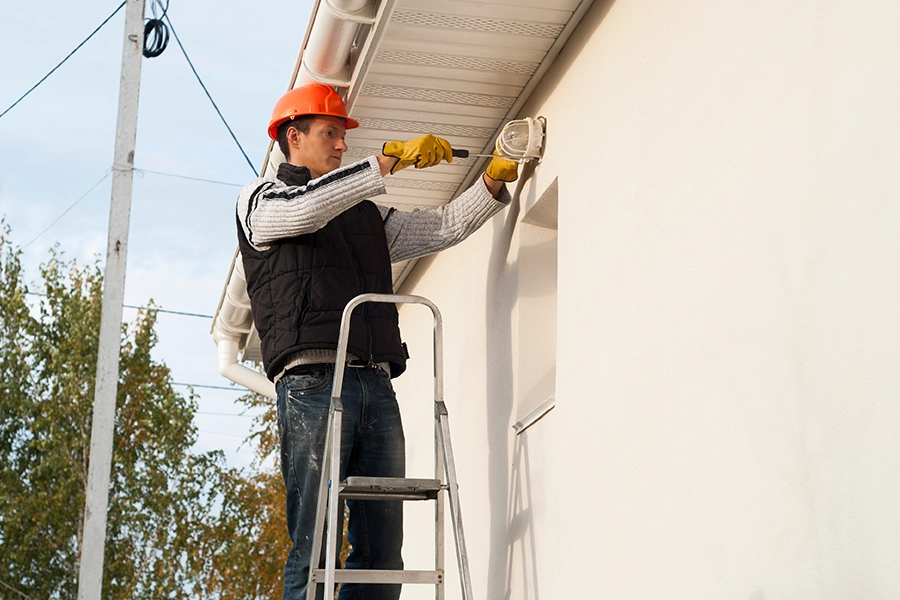
Ensuring proper electrical connections is paramount to prevent electrical hazards and ensure the safety of personnel. Incorrect wiring can lead to short circuits, fires, and electrocution. Electrical safety regulations must be strictly adhered to throughout the entire installation process. All wiring should be performed by licensed and qualified electricians, adhering to local building codes and safety standards. Proper grounding is critical for protecting against electrical shocks.
Weatherproofing and Materials Selection
Selecting appropriate materials is essential for ensuring the fixtures withstand the rigors of outdoor environments. Different climates and environmental conditions necessitate the use of specific materials. Weatherproofing techniques are crucial for the longevity of the lighting system. For example, fixtures in coastal areas require materials resistant to salt spray, while those in areas with heavy snowfall must be designed to withstand the weight and impact of snow. Using weatherproof housings and corrosion-resistant metals is critical for long-term reliability.
Mounting Requirements and Fixture Types
Understanding mounting requirements for various fixture types is essential for proper installation. Direct burial, surface mount, and wall mount installations have distinct requirements. Direct burial fixtures are installed directly into the ground, necessitating careful consideration of soil conditions and drainage. Surface mount fixtures are attached to exterior walls or surfaces, requiring appropriate mounting hardware. Wall mount fixtures are installed on exterior walls, requiring specific mounting brackets and considerations for aesthetics and structural integrity. Careful planning and assessment of the site are necessary for appropriate fixture selection and installation.
Installation Methods Comparison
Different installation methods offer varying advantages and disadvantages, influencing the choice for specific applications. A comparative analysis of these methods is crucial to make informed decisions.
| Installation Method | Advantages | Disadvantages |
|---|---|---|
| Direct Burial | Blends seamlessly with the landscape, providing a clean aesthetic. | Requires careful excavation and backfilling to avoid damage to underground utilities. It can be more challenging to maintain. |
| Surface Mount | Relatively straightforward installation, accessible for maintenance. Offers greater flexibility in placement. | May not blend seamlessly with the landscape, potentially requiring additional aesthetic considerations. |
| Wall Mount | Ideal for illuminating walls and creating focused lighting effects. Relatively simple installation. | Limited lighting coverage compared to other methods. Mounting hardware and positioning require careful planning. |
Step-by-Step Installation Guide
This step-by-step guide provides a framework for installing outdoor lighting fixtures.
- Preparation: Disconnect the power supply and carefully inspect the area for any underground utilities or obstructions. Gather all necessary materials and tools, including mounting hardware, wiring, and appropriate weatherproofing materials.
- Mounting: Secure the mounting hardware to the chosen location, ensuring stability and alignment. Follow the manufacturer’s instructions carefully.
- Wiring: Carefully connect the wiring according to the electrical diagram. Ensure all connections are secure and insulated. Use appropriate connectors and strain relief.
- Weatherproofing: Seal all connections and openings to prevent water ingress and ensure durability. Use weatherproof sealant and caps.
- Testing: Turn the power back on and test the lighting fixture to verify functionality and safety. Correct any issues immediately.
Design Considerations and Customer Needs
Exterior lighting design goes beyond simply illuminating a space. It’s a crucial aspect of enhancing curb appeal, bolstering security, and creating a welcoming ambiance for homeowners. A well-designed system considers not just the practical functionality of lighting, but also the aesthetic impact and the overall integration with the existing landscaping and architecture. Effective design requires careful consideration of client preferences and needs, alongside a deep understanding of the interplay between lighting, safety, and energy efficiency.
A successful exterior lighting installation requires a holistic approach that harmonizes technical functionality with aesthetic appeal. This means understanding how different light sources and styles interact with the environment, the impact on safety and security, and the client’s desired aesthetic outcome. The goal is to create a system that not only meets the client’s needs but also adds value to their property.
Key Factors in Exterior Lighting Design
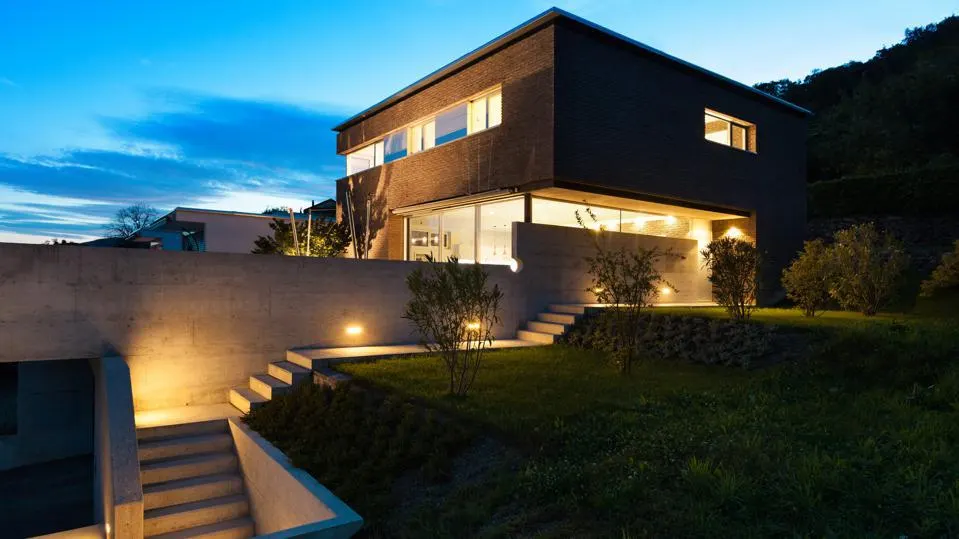
Careful consideration of various factors is essential for a successful exterior lighting design. These factors include aesthetics, safety, functionality, and energy efficiency. Balancing these elements creates a harmonious and effective lighting scheme that meets both practical and aesthetic needs.
- Aesthetics: Lighting should complement the architectural style and landscaping of the property. Choosing the right fixtures, light color temperatures, and placement is critical to achieve a visually appealing result that harmonizes with the home’s design and surrounding environment. Consider the materials of the house, the landscaping, and any existing features. For example, a modern home might benefit from sleek, contemporary fixtures, while a traditional home might call for more ornate or classic designs.
- Safety: Properly placed exterior lighting improves visibility, deterring potential intruders and enhancing the safety of the property. Pathways, entrances, and stairs should be adequately illuminated to prevent accidents. Consider using motion sensors to enhance security and energy efficiency.
- Functionality: Lighting should serve a practical purpose, such as illuminating walkways, driveways, or outdoor living spaces. Consider the specific needs of the homeowner and how lighting can enhance their use of the outdoor areas. A backyard patio area might require focused lighting to highlight the space and improve visibility during evening gatherings.
- Energy Efficiency: Modern LED lighting options offer significant energy savings compared to traditional incandescent bulbs. Implementing LED technology and smart lighting controls can reduce energy consumption and lower utility bills, while maintaining adequate light output. Choosing fixtures with energy-efficient options like motion sensors can further minimize electricity usage.
Lighting’s Role in Enhancing Security and Curb Appeal
Exterior lighting plays a dual role in bolstering security and improving the property’s visual appeal. Strategically placed lights can illuminate vulnerable areas, deterring potential intruders and promoting a sense of security. The appropriate lighting style can also enhance the visual appeal of a home, creating a welcoming atmosphere for guests and residents alike.
- Security: Well-lit pathways and entrances act as a deterrent to potential intruders. Motion-sensing lights, in particular, are effective in alerting individuals to any unusual activity, adding an extra layer of security. Strategic placement of lights can cover blind spots, preventing shadowy areas where intruders might hide.
- Curb Appeal: The right lighting design can significantly enhance the aesthetic appeal of a property. By highlighting architectural features or landscaping elements, lighting can create a welcoming atmosphere and showcase the home’s beauty. Lighting can transform an ordinary property into a visually striking and inviting space.
Comparing Lighting Styles
Different lighting styles have varying visual impacts on a property. A comparison of these styles can aid in selecting the appropriate lighting solution for a specific property.
| Lighting Style | Visual Impact | Suitable for |
|---|---|---|
| Accent Lighting | Highlights specific architectural features or landscaping elements. | Showcasing unique architectural details, trees, or water features. |
| Path Lighting | Illuminates walkways and pathways for safety and guidance. | Creating safe and well-lit pathways, preventing tripping hazards. |
| Flood Lighting | Provides broad illumination over large areas. | Wide open spaces, large gardens, or illuminating large structures. |
| String Lighting | Creates a warm and inviting atmosphere. | Creating a welcoming ambiance, highlighting patios, or gardens. |
Understanding Client Needs and Preferences
A thorough understanding of client needs and preferences is paramount to a successful exterior lighting design. This includes considering the client’s lifestyle, activity patterns, and budget. Listening to the client’s ideas and incorporating their input will lead to a more satisfying and functional lighting solution.
- Active Lifestyle: Homeowners with active lifestyles, often hosting gatherings or using outdoor spaces extensively, may require brighter lighting and strategically placed fixtures. For example, a family with children playing outdoors may need brighter lighting for the safety of the children.
- Architectural Features: Lighting should be carefully integrated with the existing architecture and landscaping, highlighting unique features or creating a cohesive design. A home with a distinctive architectural style might require specific lighting to accentuate its unique details.
- Budget Constraints: Exterior lighting projects come in a range of budgets. It is important to discuss cost-effective options while maintaining the desired quality and functionality. Understanding the client’s budget constraints is essential for selecting the right fixtures and materials.
Outcome Summary: Exterior Lighting Installation Services
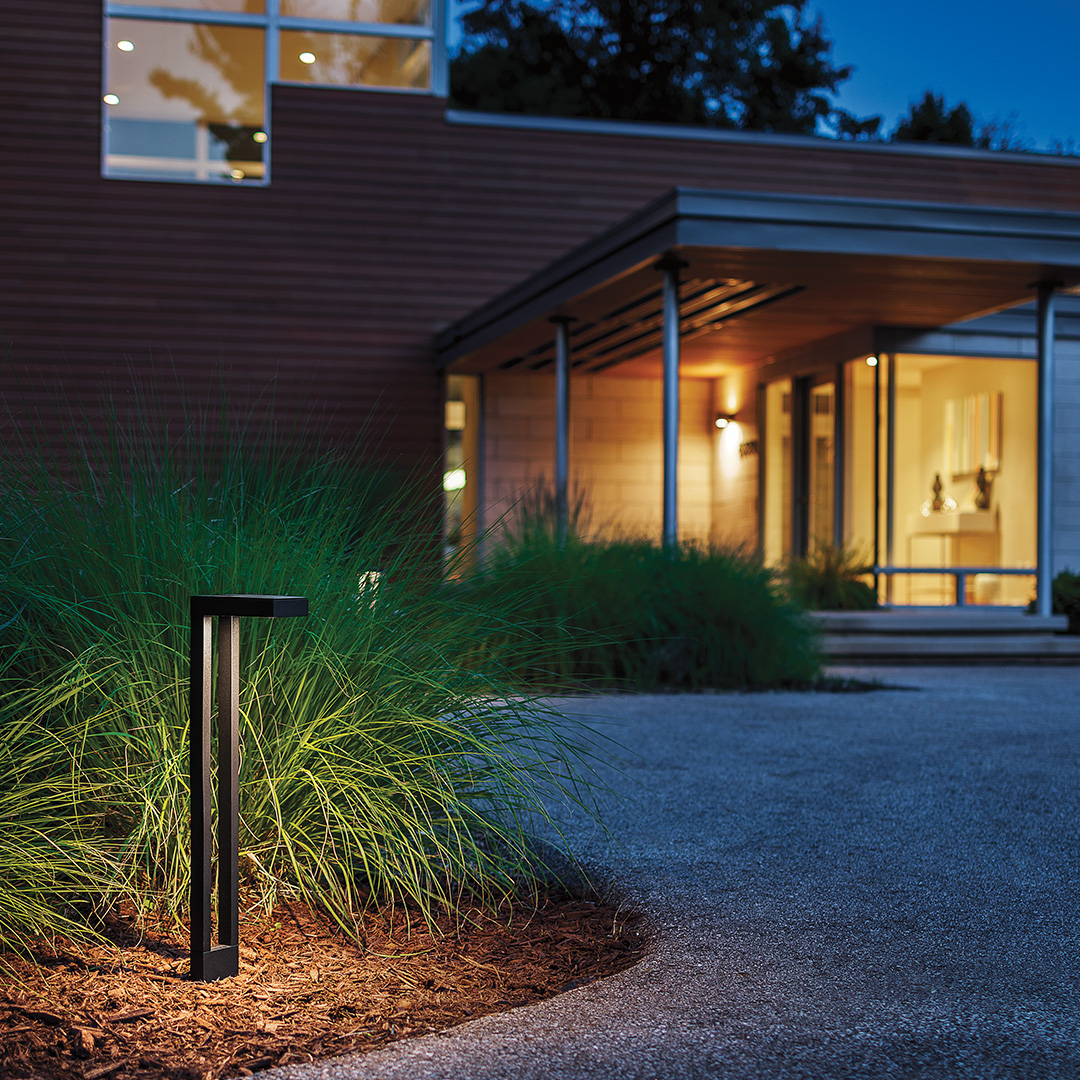
Source: bigcommerce.com
In conclusion, exterior lighting installation services offer a powerful way to elevate your property’s appeal and safety. Proper planning, meticulous installation, and thoughtful design considerations are key to achieving a stunning result. By understanding the various service types, installation procedures, and design factors, you can create a truly captivating and functional outdoor environment. Remember to prioritize safety, energy efficiency, and aesthetic harmony throughout the process. With the right approach, your outdoor space can become a beautiful and inviting extension of your home.

